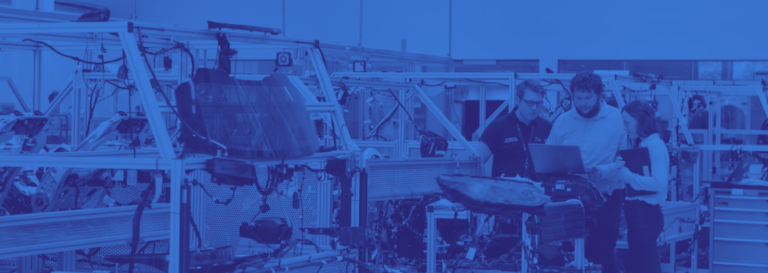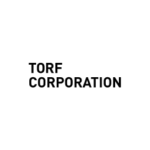Working in various production companies, I often encountered the statement that “the system is malfunctioning”. Usually, it was about a demand for raw materials incorrectly generated, raw materials for release incorrectly prepared, production station overloaded or order costs incorrectly calculated. To explain these and many other similar anomalies, it was rarely necessary to launch an advanced investigation. In 90% of cases, the cause was the faulty/outdated production technology.
Production management: the concept is key
Unfortunately, the example I quoted from my own experience is not an isolated one. The number of possible variants of production and features of particular stages of production makes it necessary to describe all of them with high accuracy, which requires considerable time and effort. As a result, many of the attempts to update/create a high quality and reliable technological database end in failure, despite full commitment and determination to achieve the objective assumed.
In my opinion, the reason for failure in many cases is the lack of an overall concept of production control, because it is from a vision of the entire solution properly prepared and dedicated that the assumptions for the preparation of technological data will come. The preparation of such a concept allows the analysis of individual stages of production and places as well as decisions which technological data must be described with attention to the smallest details and which can be developed on a higher level of generality. Such an action will protect the company from unnecessary or insufficient work, thus increasing the chances of a positive completion of the project.
You can listen about how to deal with the lack of technology data in episode 4 of the podcast https://www.eqsystem.pl/podcast/
Production scheduling and preparation of technological data
However, the question is what to do in the case when reliable preparation of technological data is not possible? For example, we are talking about a situation in which the production is of a more unitary nature, manufactured to the direct order of the customer and the initial production planning is the basis for confirming the delivery date, signing the contract and only in a later step preparing the exact production technology.
We won’t then be talking about scheduling production with minute-by-minute precision; more about rough planning. One of the solutions which may prove useful in such a situation is the use of “model technologies”. Groups of technologies prepared in such a way will be a base for booking time required for execution and ordering raw materials. A great example of their application may be a case when a company X manufactures a product, an enclosure body. It is tailored to the customer’s requirements, but the main raw materials and the average production time remain the same. By using reference technologies, it will be possible to order raw materials and plan production even before the final design of the finished product is made. Thus, the customer’s waiting time for delivery will be significantly reduced.
How to convert technological data?
Another solution available is to use percentage factors depending on the complexity of the production. This is the situation when, for example, in the available technology a product has already been defined in which the processing of a component is performed. It consists of 1 kg of raw material K, while the customer has ordered a component with similar characteristics, for the production of which 5 kg of raw material will be needed. In this case the use of a percentage factor will achieve similar results as in the previous case.
A similar issue occurs in the case of automatically converted technological data depending on the complexity of the product or operation. Having data preliminarily estimated for a certain representative of the group, we can approximate these data upwards or downwards, comparing construction structures with this representative. Thus, we can use simplified methods of gradual classification (from simple to complex) or use sophisticated expressions of validity conditions, describing the way of converting data, depending on construction or technological features.
It would be perfect if, in our search, we try to find systems that support all of the above methods.
MES for updating technological data
Touching upon the data of MES class systems and their role in the process of continuous updating and preparation of such data. Information about the commencement or completion of production, commencement or completion of changeover after appropriate processing may constitute an excellent basis for determining technological standards. As a result, it is possible to continuously monitor the correctness of data previously prepared.
There may be many cases and ways to solve the issues, but it is worth emphasising that the production control concept properly developed will allow the selection of the right method and protect the company against unexpected problems. It will also be the starting point for improving the process in many other places, thus allowing achievement of the business objectives assumed.
Mateusz Bireta
Product Manager eq system
Have you got any comments or questions? Contact the author of the article via LinkedIn
Do you want to learn more about production management? Sign up for a free webinar.



































